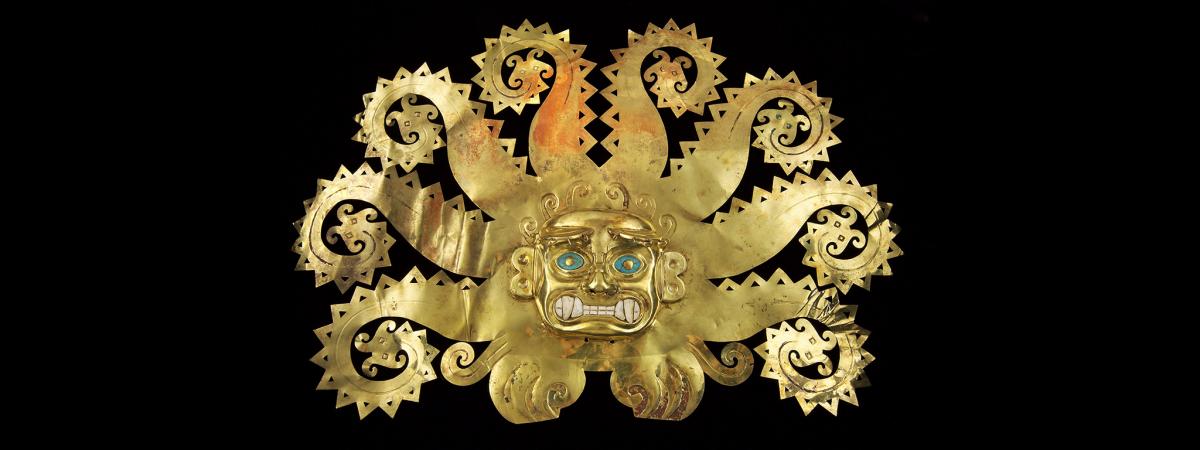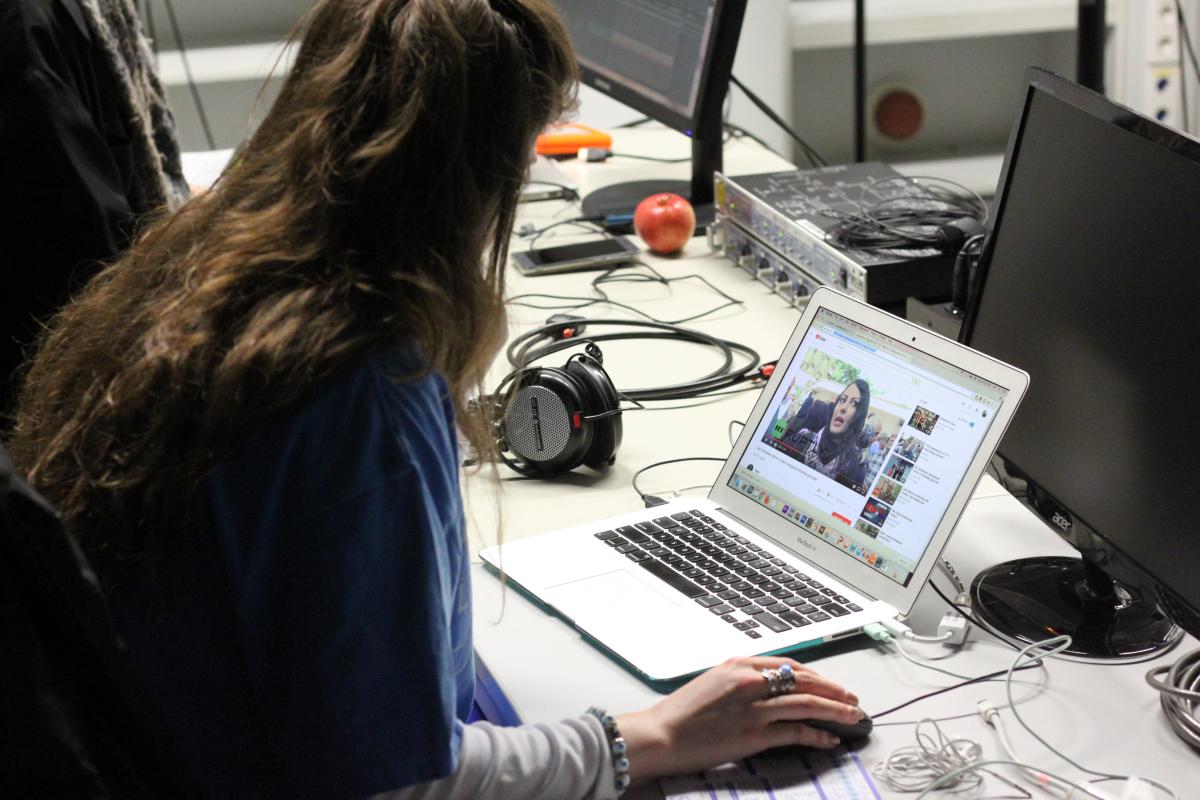
CAO’s Abstract Folklore
Electronic musician, composer and sound artist Constanza Bizraelli, alias CAO, works on the subject of folklore, taking the precolonial Moche culture as inspiration. She says: folklore is something contemporary.
In electronic music, musicians who work with folklore material or folk music are often a source of controversy: some, especially in Europe, associate «folklore» with nationalism and simplified representations of rural traditions, while others fear that electronic music – as a truly urban and future-oriented genre – would shift into ethnic kitsch when dealing with «traditional customs, tales, songs, dances, and other art form», as the The Garland Encyclopedia of Music puts the definition of the term «folklore». Amsterdam-based Peruvian composer CAO has a different perspective: «instead of defining folklore as something from the past that has to be preserved, I perceive it as something contemporary. I think, folklore flourishes from a native space. But for me, the main criteria is it’s non-mediateness. So folklore is something that creates a direct and tight relation between the author and the environment.
However, how does the concept of folklore, as CAO refers to it, manifest in her music? When listening through her SoundCloud-stream, we hear repetitive voice patterns and chants, organ-like synthesizers or overtones with psychedelic effects. Even though these concrete and direct sounds might help to create something like a «folk notion», we will hardly find adaptations of concrete folk material, such as in the folk revival of the last decades of the 20th century, where the idea of revitalization of old traditions was crucial. CAO instead has a truly experimental attitude towards folklore. One reason for this might be that CAO’s source of inspiration is the Peruvian Moche culture, a civilization that is lost, where no music or sound has survived. Besides the imagination and invention of this precolonial sound, CAO also discovers a proximity to the ritual music of the highlands in Peru, but in an embodied, rather than conscious way: In the end of her 19-minutes track «Piece for a Ritual Beheading» from her first release, Marginal Virgin, for example, several rhythmical layers overlap and create a hypnotic beat. «After listening to the song a month later I realized how much it reminded me to the structures of certain ritual music of the highlands in Peru», CAO explains in the interview.
When concrete references are hard to find or not intended and when the sound result is abstract, what else can folklore in electronic music be? Maybe we should transfer CAO’s idea of folklore on a concrete performance level. In ISM Hexadome, for example, where CAO and video artist Michael Tan will premier their multi-media piece «The Burial Theme: Trans-Matter Port and Objects», the idea of folklore will unfold a new meaning: inside a large hexagonal, church-like construction, people sit on the ground and dive into an immersive audio-visual composition. Here, the direct relation between the author and the environment can take place, together with the visuals. Folklore remains the buzzword for the ritual space that opens when a contemporary community of listeners experience a ceremony. A ceremony of experimental electronic music.
This commentary has been written on the basis of an Skype interview on 12.4.2018.
Biography
Published on April 17, 2018
Last updated on May 06, 2024

